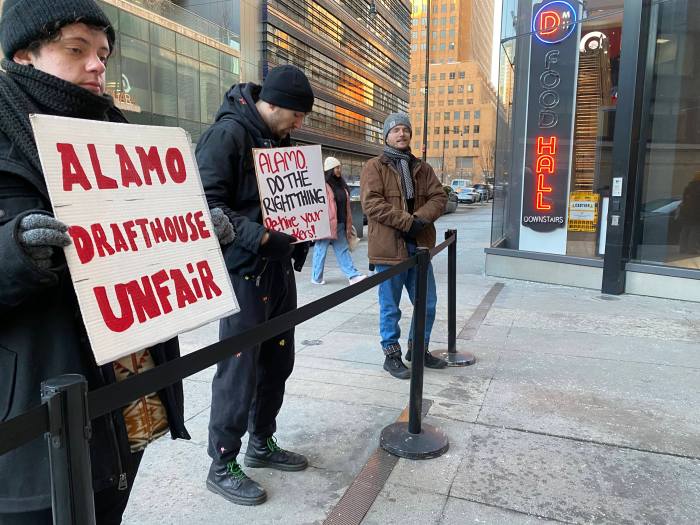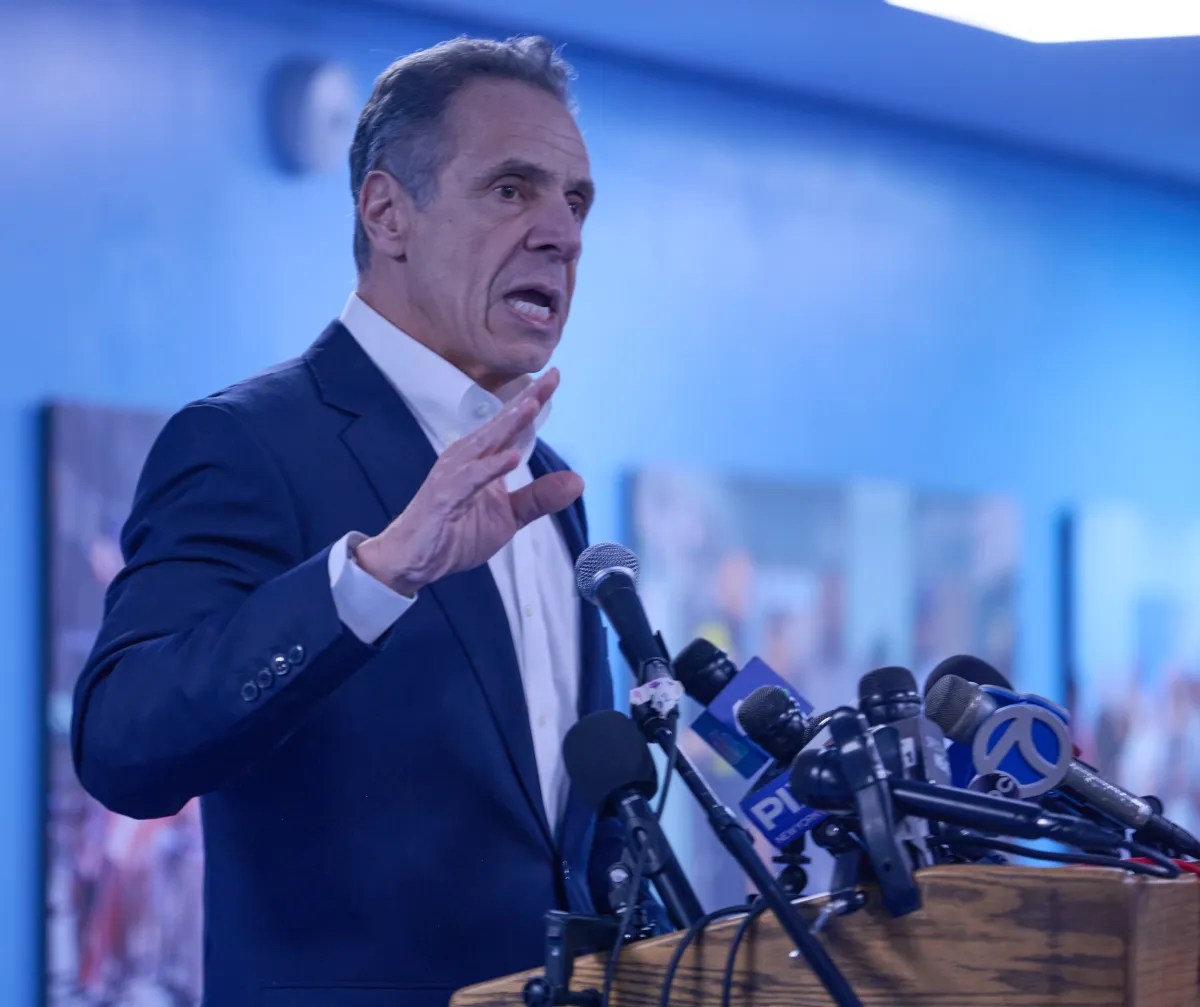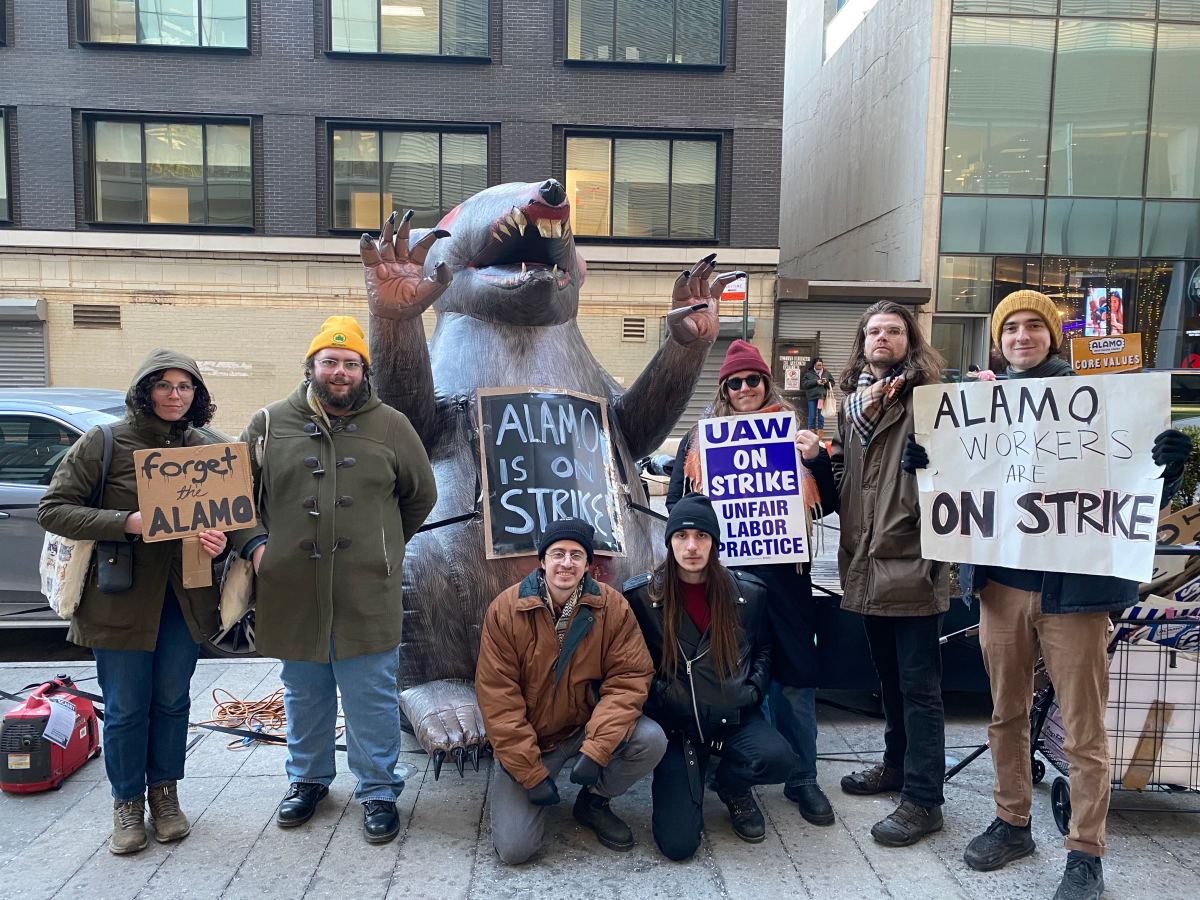Alamo Drafthouse Layoffs & Strikes: What You Need To Know Now
Is the silver screen losing its sheen, and are the workers behind the scenes finally ready to fight back? The recent labor unrest at Alamo Drafthouse cinemas, marked by layoffs and strikes, paints a vivid picture of a changing landscape within the movie industry, and a burgeoning wave of worker activism that's reshaping how we experience film.
The story begins with a stark reality: Alamo Drafthouse, a cinema chain known for its curated programming and elevated dining experience, made a series of difficult decisions. In early February, the company initiated a round of layoffs, impacting approximately 70 workers across its locations in Manhattan and Brooklyn. This move, however, was not met with passive acceptance. Instead, it ignited a fierce response from the affected employees, many of whom were unionized, leading to a series of coordinated actions that have drawn national attention. The situation escalated rapidly, highlighting the tensions between corporate decisions and the rights of the workforce. The layoffs, which affected both seasonal venue staff and a portion of the corporate structure, served as the catalyst for a growing labor dispute.
The initial cuts, as reported by various sources, included employees from the lower Manhattan and downtown Brooklyn locations. The union representing the workers, the Communications Workers of America, quickly mobilized to address the situation. Efforts to prevent the layoffs were made, with the bargaining committee meeting with company representatives to negotiate solutions. However, despite these efforts, the layoffs went into effect. The union responded by ramping up its pressure tactics. Following the layoffs, unionized workers at Alamo Drafthouse's Sloan's Lake location in Colorado went on strike. This was a significant move, underscoring the workers' resolve and the severity of the situation. The strike at the Denver-area location was in response to the same nationwide cuts and layoffs, a move that quickly gained momentum and drew attention to the broader labor dispute.
The response to the layoffs didn't just stop at the initial protest. The unionized workers at Alamo Drafthouse theaters in New York City also took action. They joined their colleagues in Colorado in a show of solidarity and a firm stance. This led to the authorization of a strike, bringing the dispute to the forefront of the public conversation. The employees from the downtown Brooklyn and lower Manhattan locations voiced their grievances and concerns. The union's actions served as a warning to Alamo Drafthouse and as a sign of the growing discontent among workers. The threat of a strike cast a dark shadow over the company, with the prospect of disruption during a critical time in the movie industry. This also occurred at a time when labor action was occurring throughout the movie industry.
Adding a layer of complexity, there are claims that Alamo Drafthouse and Sony have officially refused to rehire any of the 70 workers. This uncompromising stance further fueled the fire, solidifying the union's determination to fight for their rights. The union's response to the labor cuts extended beyond the immediate issue of the layoffs. They also filed a complaint with the National Labor Relations Board, aiming to address the underlying issues and to bring the company into compliance with labor laws. The National Labor Relations Board complaint demonstrated that the union was pursuing multiple avenues of action to defend the rights of its members.
The issue of worker rights has come to the forefront within the movie industry, a trend which was accelerated during the pandemic. The union's actions mirror this growing trend of unionization in the film industry, with employee actions expanding. Over the past two years, employees have formed or attempted to form unions at various institutions such as the Film Forum, the Anthology Film Archives in New York, the Amherst Cinema in Massachusetts, and other Alamo Drafthouse locations in San Francisco and Austin, Texas. This wave of labor activism is reshaping the dynamics of power within the entertainment world.
The impact of the labor dispute extends beyond the immediate affected workers. The layoffs and the ensuing strike have a ripple effect. The community that the Alamo Drafthouse fostered has been deeply impacted, creating a feeling of instability. At its Sloan's Lake location, the workers have described the cinema as a community space, demonstrating a deeper level of emotional investment.
The Alamo Drafthouse's moves have been met with resistance. The actions are a sign of the growing power of workers in the movie industry. The situation is a reminder of the human element in the film industry and highlights the importance of worker rights. This is a story about workers fighting for their rights in an ever-changing industry and a strong show of solidarity.
This is a developing story and further updates are expected. The fight for fair treatment and the protection of workers' rights in the movie industry is likely to continue.
| Key Events in the Alamo Drafthouse Labor Dispute | |
|---|---|
| Date | Event |
| Early February | Alamo Drafthouse implements layoffs, impacting approximately 70 workers in Manhattan and Brooklyn. |
| Following Layoffs | Unionized workers at the Sloan's Lake location in Colorado authorize a strike. |
| Unknown Date (Recent) | Unionized workers at the New York City locations (lower Manhattan and downtown Brooklyn) join the strike. |
| Tuesday (Reported) | The NYC Alamo United Union reports a tentative agreement was offered, according to an Instagram post. |
| Ongoing | The National Labor Relations Board has received a complaint from the union. |
| Throughout the Period | Negotiations between the union and the company, demands for rehiring, and public statements. |
The core of the conflict revolves around the rights of the workers, the business decisions of Alamo Drafthouse, and the health of the movie theater industry. The layoffs, the strikes, and the overall labor unrest are all signs of the deep issues in the industry. The impact on workers, the community, and the future of the movie-going experience are all at stake.
As a reflection of the current climate, the outcome of this dispute is likely to shape the future of labor relations within the industry. The actions and reactions will serve as a case study. The developments at Alamo Drafthouse should be watched closely in the coming days and weeks.
The situation has put the spotlight on the company's decisions, the union's ability to influence, and the future of the industry. The unfolding drama is an important moment for anyone who loves the movie theater experience.


